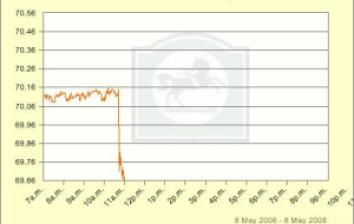How to stay hawkish in New Zealand
Hi everyone, sorry about the delay in writing this post I have had a flu and so have fallen behind in all my work including this.
The first order of business is to discuss Thursday’s employment data, something I said I would do on Thursday. However, instead of sticking to the popular indication of what it means I’m going to run with an alternative interpretation – the hawkish view of the employment data. Furthermore, I will use this to come up with a hawkish interpretation of the New Zealand economic situation.
Note that this interpretation is an exercise to make us think about exactly what is going on in the economy – I’m not saying that this is the most realistic interpretation, but it is useful to go through and discuss nonetheless.
Eric Crampton foreshadowed this potential interpretation in his insightful comment to this post. In the comment he discusses working for families and a reduction in labour supply in the economy, this is what is called an negative Aggregate Supply shock.

